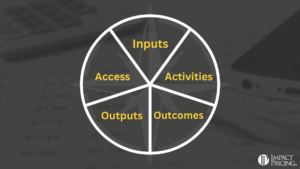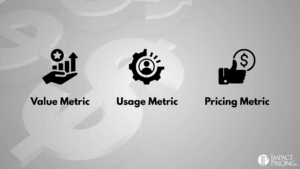It is humorous when some companies say they use Value Based Pricing.
Usually, these are the ones that recently stopped using cost-plus pricing, so they think whatever they are doing now is value-based. In a lot of ways, they are right. But odds are two years from now, they will be using the same pricing model and probably the same prices. They didn’t really adopt value pricing. Rather they had some consultant help them set some prices based more on value than on costs.
My definition of Value-Based Pricing is simple: Charge what a customer is willing to pay. But it’s impossible to do. You can’t read your buyer’s mind. Different buyers are willing to pay different amounts. A buyer’s willingness to pay changes over time or in different situations. You just can’t do it.
Well, you can’t do it perfectly. That’s the beauty of Value-Based Pricing. It’s an attitude or a goal. When you strive to understand which buyers are willing to pay how much and under what circumstances, you are striving to learn how buyers VALUE your products. You then choose price models and set prices with much more information and confidence.
But guess what??? Knowing how your buyers value your products also helps you decide which products to build. How to determine which features go into which packages. What your marketing and sales teams should be emphasizing with which clients. All of that can come from understanding how your buyers perceive value. And what’s funny is it usually starts from simply wanting to price a product better.
My recommendation is to adopt value-based pricing as an attitude in your company. Study what value means to your buyers. You’ll be shocked at how valuable that information is to your entire company.
I’d love to hear your thoughts on how customers use or mis-use value. Share your comments on the LinkedIn post.
Now, go make an impact!















